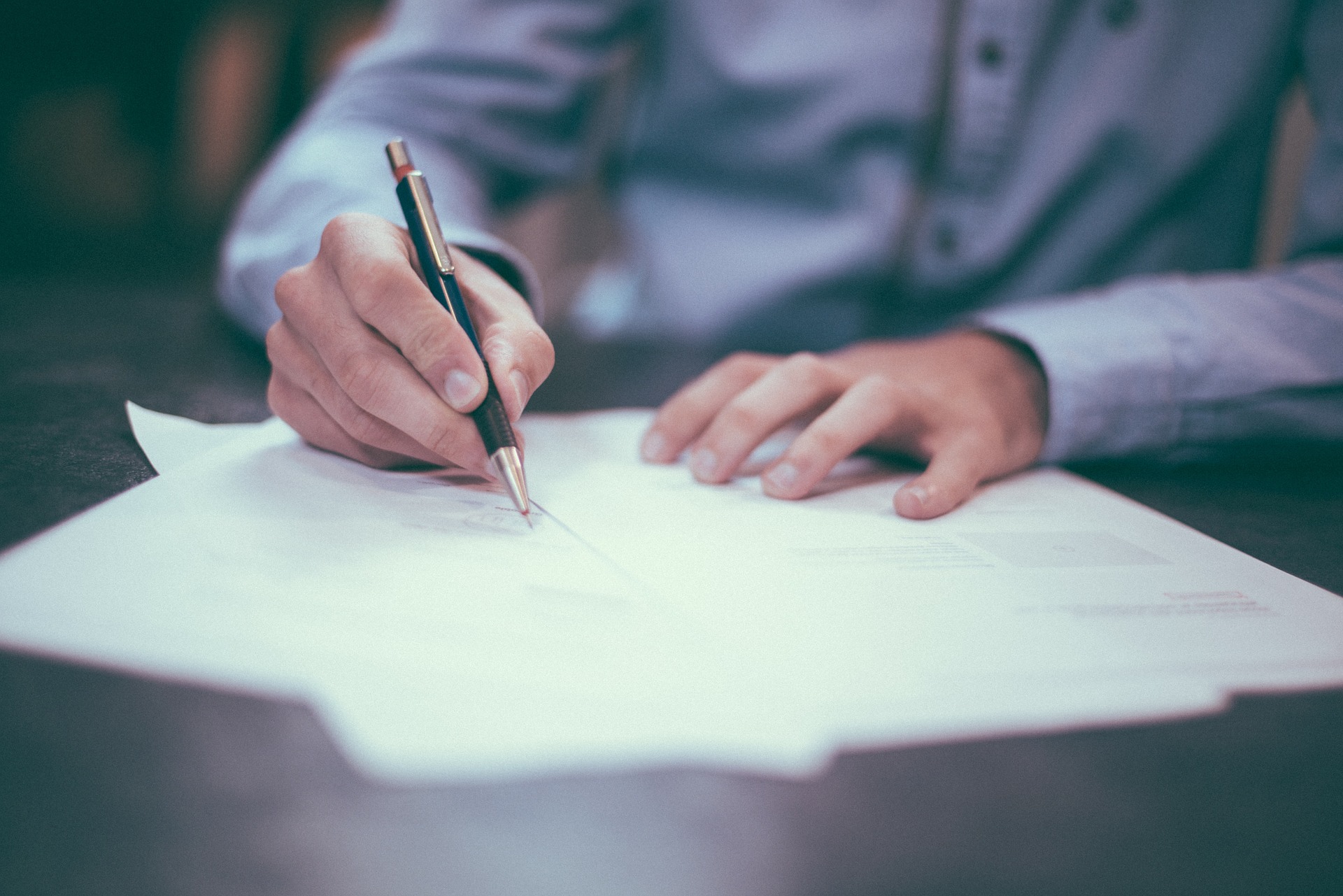In Japan, public transportation connects everywhere like a network of spider webs. The railway systems in Japan are among the best in the whole world; trains are fast, come frequently, and are almost always punctual. In this article, we are going to learn some rules, manners, and tips to get familiar with and make the most of Japanese train systems.
Keypoints
- There are different train types: kakueki, kaisoku, kyuusoku, tokkyuu, shinkansen
- Tokkyuu and shinkansen trains charge you a limited express fee
- Know good manners and etiquettes to take trains in Japan
Different train categories
There are different types of trains in Japan.
- Kakueki-teisha (各駅停車) or futsuu-densha (普通電車): Local trains. They stop at every station.
- Kaisoku (快速): Rapid trains. They skip some stations.
- Kyuukou (急行): Express trains. They skip more stations than kaisoku trains.
- Tokkyuu (特急): Limited express trains. They stop at fewer stations than kyuukou trains. They have reserved seats and may require an additional fare as a limited express fee depending on train companies.
- Shinkansen (新幹線): Bullet trains. They have separate tracks and platforms for their own. Any seat must be reserved. In addition to the base fare, taking a shinkansen requires a limited express fee, which varies greatly depending on how far you need to travel (It can cost you less than a thousand yen, or over 10000 yen).
Except for shinkansen, all the types of trains stop on the same platforms, and this can be challenging to know which train is local and which train is express. Checking the sign boards located at each platform to see the types and schedules of trains stopping on the platforms will help. Also, your smartphone can help! Google Maps and Japan Transit Planner are great websites to check for which trains to take.
Suica can save you time and money
Most Japanese people who take trains often have a prepaid electronic money card for trains and buses. In the Tokyo area, the most popular card is Suica. You can buy a Suica card at a ticket vending machine, ticket office, or convenience store. There are several options for prices of a Suica card from 1000 yen to 10000 yen, which includes a deposit of 500 yen. You can take a train by just placing the card over a electronic card reader at the ticket gate. When you get off the train, place the card over a reader again to get out of the train station.The fare will be calculated at the reader. This saves you time to check how much a ticket is going to cost or to buy a ticket every time you take a train. When the money on the card gets close to zero, you can add more money on it at a ticket vending machine.
Also, if you use trains to go to school or work, you can have a student or commuter railway pass on Suica. The commuter passes allow you to take unlimited rides between stations on a specified route. If you take trains almost everyday, using the passes lets you take trains cheaper than paying for your commute every time. You can buy a pass at a ticket office or a ticket vending machine. The cost of the passes varies depending on your commute.
In addition, Suica cards can also be used to pay for things like food and drinks at many places, including convenience stores and vending machines. More and more shops are accepting Suica cards. Shopping can be quicker with just touching a Suica card to a reader. In many ways, you can save time and money by using a Suica card.
Manners and etiquette
- Almost all Japanese trains regardless of their types are non-smoking. There are a few shinkansen trains that have smoking sections or smoking seats, but other than that, smoking is not allowed on any train or platforms.
- No talking on mobile phones please. In Japan, talking on mobile phones is categorized as bad manners. Using a mobile phone for other means such as emailing, playing games, and internet surfing is not a problem, but you should mute the phone so that the sounds from your phone will not bother other passengers.
- You should not sit in the “priority seats.” There are a few seats for people that are handicapped, injured, pregnant, or elderly in every carriage on many trains. You could sit in priority seats when trains are not crowded, but when you are sitting in a priority seat and see anyone who you think is in need of that seat, please give up the seat for them.
- Don’t cut in line when you get on a train. Passengers make lines on platforms to get on trains in Japan. It is considered rude to try to get on a train before the passengers who have been waiting for the train.
- Wait for passengers get off first before boarding. When a train arrives and the doors open, passengers who are on the train get off first, and then everyone else gets on. It is good manners to stand at the side of the train doors so that the passengers can get off easily.
Trains make your life in Japan easier
Commuting by cars and buses can be affected by traffic. Especially in the morning and evening, traffic gets worse because of people who go to work by car. On the other hand, trains do not get affected by traffic, and even more, they run more frequently during these rush hours. Also, you can take trains with less money, time, and hassle by using a prepaid electronic money card like Suica. Being on time to work is crucial in Japan, and using the elaborate railway systems will help you with that.





